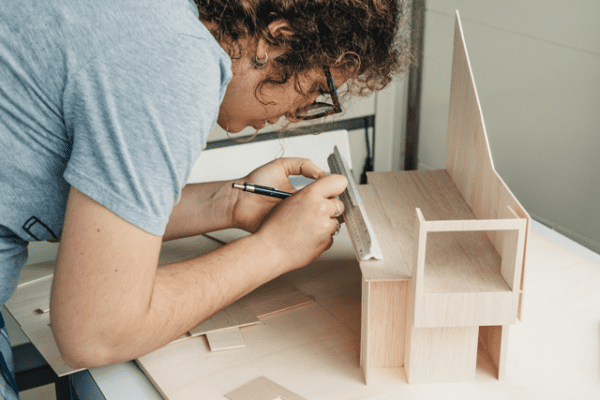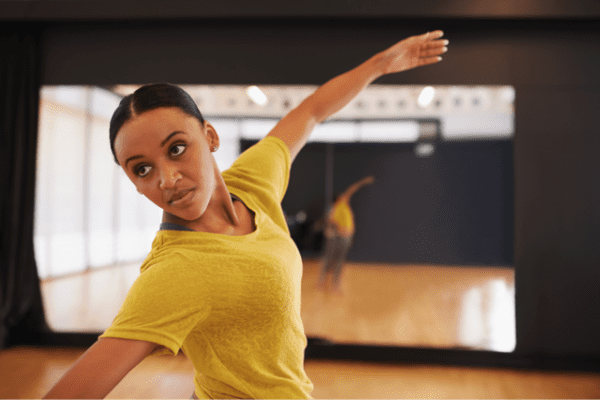
Barcelona, Spain
Fashion Product Management
When:
14 July - 25 July 2026
Credits:
0 EC
Read more
Architecture
When:
20 August - 24 August 2018
School:
Institution:
Estonian Academy of Arts
City:
Country:
Language:
English
Credits:
3 EC

Numbers and cognition workshop is structured on architecture, numbers and cognition with the focus mainly on public space. Two broader topics pervade the workshop. One of them is more physical, involving translating the world into parameters, and the other is mapping social activities. The broad goal is to find connections between the two sets of topics. The environment around us consists of a number of physically countable and measurable parameters, which we can use to describe it (width of a carriageway, location of a cafe). Which parameters are the best for describing or designing the world? As another important topic, we will map the movements or activities of human masses, using photo and image analysis and Wi-Fi positioning to this end. When, why and where are people moving and how long do they stop – this is an important set of topics, because the quality of space is largely dependent on the presence of people. The participants in the summer academy course will be challenged to find relationships between the physical world and human activity. It will be important to find a means and method for measuring and documenting the environment. Cognition referred to in the course name refers to experience that can be used in future to make decisions to design and re-design space. Ideally, we envision the participants who complete the academy to be capable of imagining and perceiving the implications of 1,000 people or 100 cars passing a point.
Picking key parameters (properties) from this environment has long received attention from urbanism scholars: William H. Whyte, who attempted to trace patterns of use of public space, or Kevin Lynch, who tried to find the mental model people use to understand a city.
The late 20th century brought a rise in computing power, which has resulted in change in the accuracy and use of many calculations. In the past, it was not conceivable to calculate trajectories from one building to another manually, but it is now possible. Alongside this trend, a completely new field has arisen: various kinds of simulations. Simulations make it possible to model traffic, pedestrians or both at the same time. Gathering data has become more intensive with a focus moving from gathering qualitative data to collecting quantitative data. A large part of the summer school involves field observations, which helps instil intuition in participants as to what a given indicator means. This will also give them a clearer understanding of the computational processes and outcomes and they will be able to rationally assess the outcomes of some simulation or facts presented to them.
Participants will become well-versed in methods and means for quantitatively and qualitatively documenting the street-level space, which can in turn later be used for analysis of other places. The participant will also receive an overview of and access to software used in the framework of the workshop. At the end of the summer school, all of the data that was gathered will be made public to allow third parties to use them in their projects – for example, to plan more fluid, safer traffic conditions.
The workshop will be carried out by the architect, programmer and Academy teaching staff member Raul Kalvo, and architect, media artist and Academy teaching staff member Mikk Meelak.
The summer academy course Numbers and Cognition in the Urban Environment is intended for international students studying architecture or urban design and whose focus is the street-level space. In addition, the summer academy welcomes international students studying to become traffic engineers, geographers, statisticians, psychologists, media artists or computer scientists.
Participants are expected to have elementary knowledge of the use of spreadsheet programs (Google Sheets, MS Excel, Numbers) and user proficiency in McNeel Rhino 3D software at least at navigation level.
When:
20 August - 24 August 2018
School:
Institution:
Estonian Academy of Arts
Language:
English
Credits:
3 EC

Barcelona, Spain
When:
14 July - 25 July 2026
Credits:
0 EC
Read more

Nottingham, United Kingdom
When:
13 July - 24 July 2026
Credits:
5 EC
Read more

Paris, France
When:
19 January - 23 January 2026
Credits:
0 EC
Read more